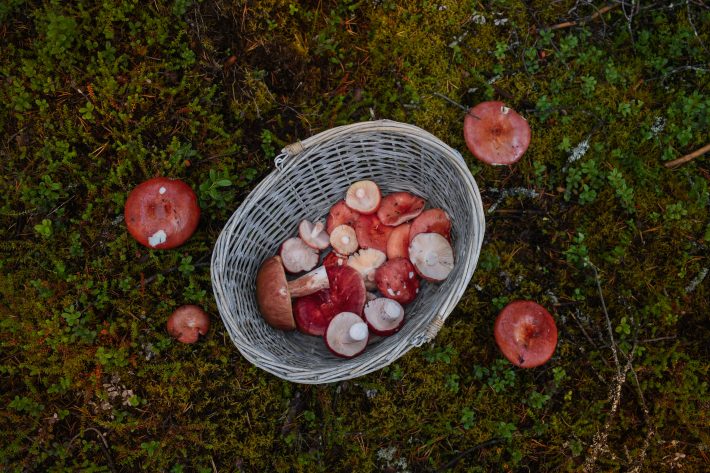Wild Food Foraging accounts for nearly 250,000 cubic metres of produce consumed annually in Zambia.
Food and Agriculture Organization of the United Nations press release.
Foraging for wild foods may make up 25% of international recommendations on fruit intake in Zambia, with at least 12 million large buckets worth of wild forest foods collected each year, finds new research published in the British Ecological Society journal People and Nature.

The volume of wild foods harvested from forests in Zambia likely exceeds the volume of sawn wood produced in the country, according to a new joint study carried out by the Food and Agriculture Organization of the United Nations (FAO) and the Center for International Forestry Research (CIFOR).
A joint FAO and CIFOR research project that surveyed wild food foraging in 209 households across five areas in Zamia. The results are published in the British Ecological Society Journal People and Nature.
Of the households surveyed, all but one collected wild foods, and on average they collected at least five types of wild food from a common set of nine (mushrooms, fruits, tubers, green leafy vegetables, nuts, insects, wild meat, wild fish and aquatic plants).
Forests play a key role not only for biodiversity, climate change mitigation, energy and timber, but also for food and nutrition security
The authors were able to estimate that rural households in Zambia collect at least 12 million large (20 litre) collecting buckets of wild forest foods per year, which is the equivalent of 238, 000 m3 – and 125% of the volume of sawn wood produced in the country.
The survey addressed traditional challenges in quantifying amounts of wild foods collected and consumed – including the informal nature of collection, seasonal differences in collection patterns, and collection using buckets and pails without standard units – by conducting focus groups and household surveys in addition to measuring collecting containers used by each household.
“The results of the study highlight that forests play a key role not only for biodiversity, climate change mitigation, energy and timber, but also for food and nutrition security,” said FAO Forestry Officer Ashley Steel, project co-lead.
Implications for forests, food, and nutrition security
The survey indicated that the poorest and most food insecure households were collecting large volumes of wild forest foods, although there was no strong correlation between the amount collected and household wealth.
The results underscore the need to consider wild food collected from forests and local patterns of collection when designing forest policy and management strategies, the authors say.
“On a global scale, if all 1.6 billion people who live near forests were to collect similar quantities of wild forest foods, that would mean 2.65 billion buckets of food would be collected in forests each year, or 53 million cubic metres,” said Steel.
Earlier results from this same study estimate that the amount of wild fruits consumed from forests would be enough, on average, to meet 25% of international recommendations on fruit intake in Zambia.
Zambia has one of the highest proportions of forest area globally, with just over 60 percent of land area designated as forest. However, the availability of wild forest foods in Zambia is under threat from unsustainable harvest methods, forest degradation, deforestation and agricultural expansion.
You can access the full research article here:
https://besjournals.onlinelibrary.wiley.com/doi/10.1002/pan3.10367
Like what we stand for?
Support our mission and help develop the next generation of ecologists by donating to the British Ecological Society.